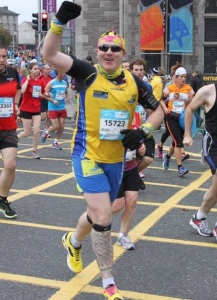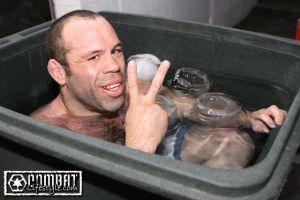Recently, I was discussing an exercise program with a client, who was at the stage where he wanted to make an impact on his club and try to make a push for selection in the first 15. Although the discussion was GAA focused, it has its relevance in other territories and quite frankly, is a horror story that frequently rears its ugly head in other exercise codes. As I ventured into his exercise regime, we discussed his prescribed exercises. I wanted to know how many reps he was doing and what areas he was working on. On asking if he did press/push ups, he said he did and would often do up to 170 per night in training. That’s a substantial amount given that the average to a good performer will do around 56 per minute. Beyond that, the technique becomes questionable in respect to the protocols applied. When I asked him why he would often do up to 170 per night he replid: “as punishment from the coach.”
The motivation behind the coach’s instruction was inspired by misdemeanours of certain players in training and as a result, ‘the rest should suffer.’
In these situations it’s difficult to hold back and call it what it is: a total lack of basic understanding of exercise, bad coaching and unprofessional to say the least. I could ridicule ignorant coahcing methods, but that’s another day’s blog! Ultimately, the fitness industry has come on leaps and bounds in Ireland over the past number of years and there are a lot of good fitness professionals out there. Most fit/Pro will encourage fitness activity, whether as individual or group activity, and will instruct that it should be purposeful, effective, and fun too. The health and fitness industry go to great lengths to generate awareness amongst all age groups and fitness levels, providing a full range of activities to encourage and support fitness. Look around your area – I know locally here in Monaghan, you have the Monaghan town runners under the insightful tutorship of James Campbell and Raymond Aughey, the Jolly Joggers in Emyvale and a multitude of classes provided by Coral Leisure, including Spin, Circuit, Step, Slide and Era Fit catering for the advanced athlete.
Considering the effort that’s put in to exercise and the importance of encouraging people to get involved, then why should it be used as a punishment? When an exercise program is tailored to suit either an individual or group/team, the coach will formulate his plan. In general terms, the training will suit the goals set out and will be balanced. Leaving aside some tests for the moment, such as Medical clearance, screening and fitness testing, all exercise should be sequenced. That is, the actual exercises should balance with the body.
The body itself is looked at as back and front and the exercise is suited to each side with each side divided into three areas:
Upper
Middle
Lower
So for a balanced exercise program, a simple formula such as that outlined below will provide the required balance:
(Front)
- 1 Press Up
- 2 Sit Up
- 3 Leg Extension
(Back)
- 4 Lying Hand Clap
- 5 Back Extension
- 6 Hamstring Curl.
This way all body parts are exercised equally. The intensity, sets, reps etc. are not addressed in this blog but the repetition ratio is balanced. However, once exercise is used as a punishment, it more ofte than not will create an imbalance to one area of the body. Inevitably this can lead to potentially postural imbalance and possible injury among other things. If you take the ratio of where we started, 170 press ups vs. no balance is bordering on nothing short of naïve recklessness by the ‘coach’ in question. Having subsequently surveyed various exercisers to name the exercise that is usually the front runner when it comes to ‘punishment,’ the unanimous answer is always the‘push up’. But why punish at all? When I coach and take a drill, I take it for what it is – a drill. It must be practiced as mistakes will be made. But drills are exactly what it is – a skill that is repeatedly performed – within the boiundaries of balance – until it becomes second nature to perform. It isn’t and nor should it ever be a memory of punishment administered by a power ego coach. Believe me, this isn’t the Army.
Exercise is not a punishment. It should be purposeful, with achievable goals clearly defined. Of course it is not easy, but the rewards are great. And coaches, when it comes to ‘PUNISHMENT,’ why not take those rewards away from those disruptors by letting them sit out training!
@job815
Jobsportstherapy.com
‘Sports Therapy by Sports People’






 ecessarily.
ecessarily.
